With input from Oil City News, Wyoming News Now, and Jackson Hole News&Guide.
The University of Wyoming is investigating two recent incidents involving antisemitic symbols and slurs on campus, after pumpkins carved with Nazi imagery appeared at Simpson Plaza on Halloween and a giant “free speech” beach ball filled up with hateful messages a week earlier. President Ed Seidel told students and staff the cases are now being reviewed for possible Title VI and civil-rights violations, even as he acknowledged his response came later than many expected.
The Halloween episode was jarring in both location and content. Early on Oct. 31, campus police were called to Simpson Plaza — one of the busiest spots outside the student union — where several jack-o’-lanterns had been left out. One was carved with a swastika alongside SS bolts, another depicted a Klansman in hood and robe, and a third featured profanity and references like “AIPAC” and “Hitler.” Officers photographed the display, removed the pumpkins as abandoned property and, using security footage, traced them to a student group that had met in the Union the night before. Names were redacted in police reports because UW’s Equal Opportunity Report and Response unit is running its own investigation. No arrests were made.
The other incident unfolded on Oct. 24 at the same plaza, where a student organization set up an oversize beach ball and invited passersby to write whatever they wanted. By day’s end the ball carried a grim mix: antisemitic statements, homophobic slurs, and a vile reference to Matthew Shepard, the gay UW student murdered in 1998. A responding officer later noted he counseled organizers on the difference between protected speech and targeted hate, and warned them about the responsibility that comes with running an open-mic gimmick on a public campus.
Seidel’s campuswide message on Friday tried to thread a needle that’s grown sharper at colleges nationwide. He condemned the imagery and language as antithetical to UW’s values, pointed to the “inseparable connection” between Nazi symbols and mass murder, and expressed solidarity with those who felt frightened or harmed. He also nodded to First Amendment protections, arguing that a university’s commitment to expression doesn’t require tolerating acts that demean or marginalize people. The upshot, he said, is to meet hate with education and dialogue rather than censorship while still enforcing civil-rights rules where they apply.
The timing of the president’s statement drew its own backlash. Faculty Senate Chair Rob Godby had already told professors that disciplinary steps were in motion and urged them to reassure anxious students and colleagues that there was no active threat. Student body president Paula Medina emailed undergraduates to say the incidents undermined a basic sense of belonging and safety that makes learning possible. And sociology professor Jennifer Tabler publicly resigned from a campus committee just hours before Seidel’s note went out, arguing UW needed a faster, stronger response from its top office to “rise above” expectations rather than quietly cart away offensive displays and move on.
For now, both episodes sit with UW’s EORR unit and remain potential Title VI matters, which cover discrimination based on race, color or national origin at institutions that receive federal funds. Campus police say they identified those responsible for the pumpkins and could not pinpoint who scrawled specific lines on the beach ball. The investigation will determine whether campus policy or civil-rights laws were violated and what consequences, if any, follow for the individuals and the organizations involved.
The university is also trying to shift energy toward care and prevention. Administrators have urged anyone affected to seek support through the Dean of Students, counseling services, and employee resources, and to call UWPD if they feel unsafe. The broader message from campus leadership is that free speech isn’t a blank check to terrorize your neighbors and that a community has to actively defend the values it claims — especially when the symbolism is meant to intimidate.
In the end, the details are stark enough: a plaza littered with a swastika and SS bolts carved into pumpkins, a “free speech” stunt hijacked by bigotry, and a campus walking the same tightrope as many others — holding space for expression while drawing lines around hate, and doing it fast enough to matter to the people most harmed.
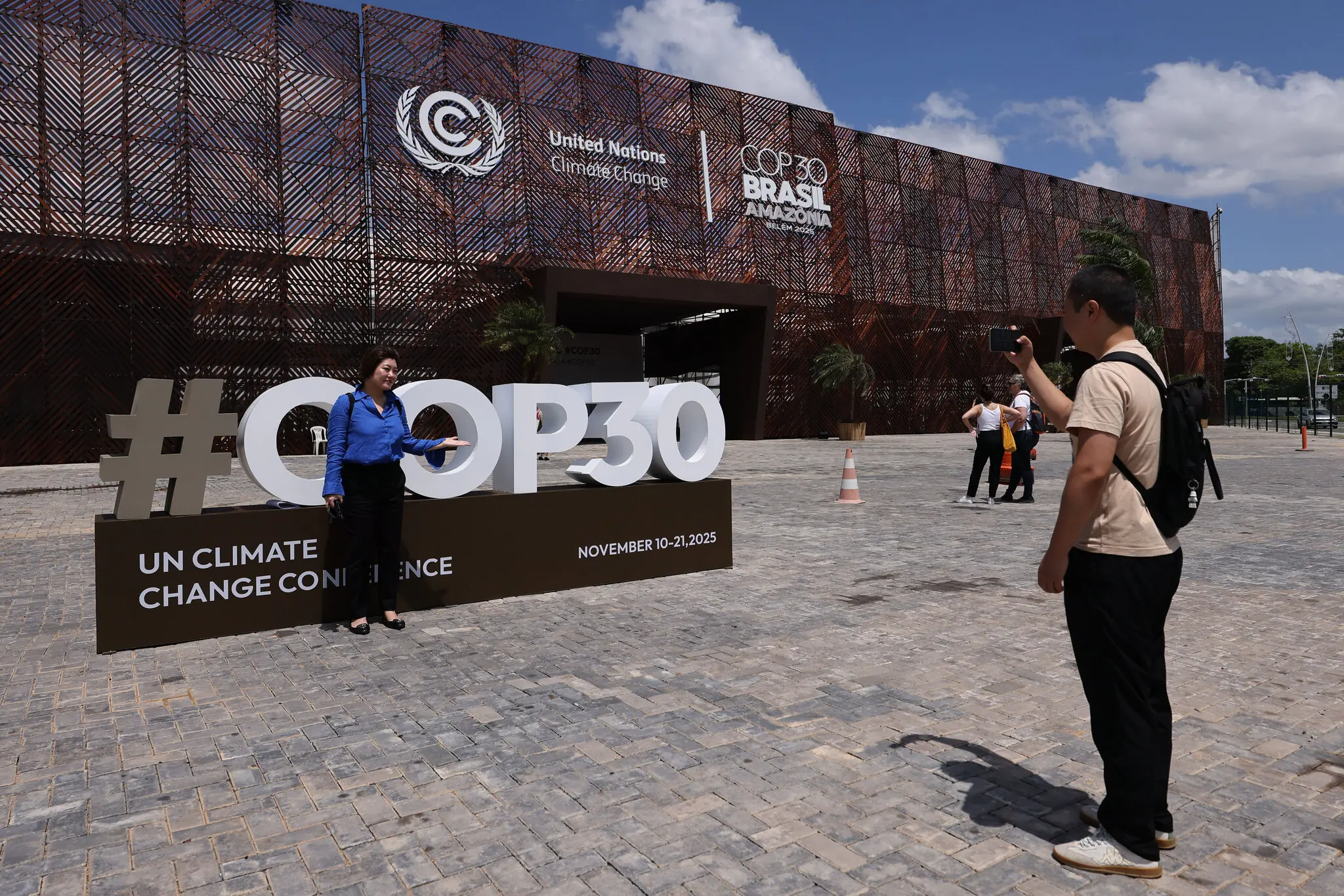
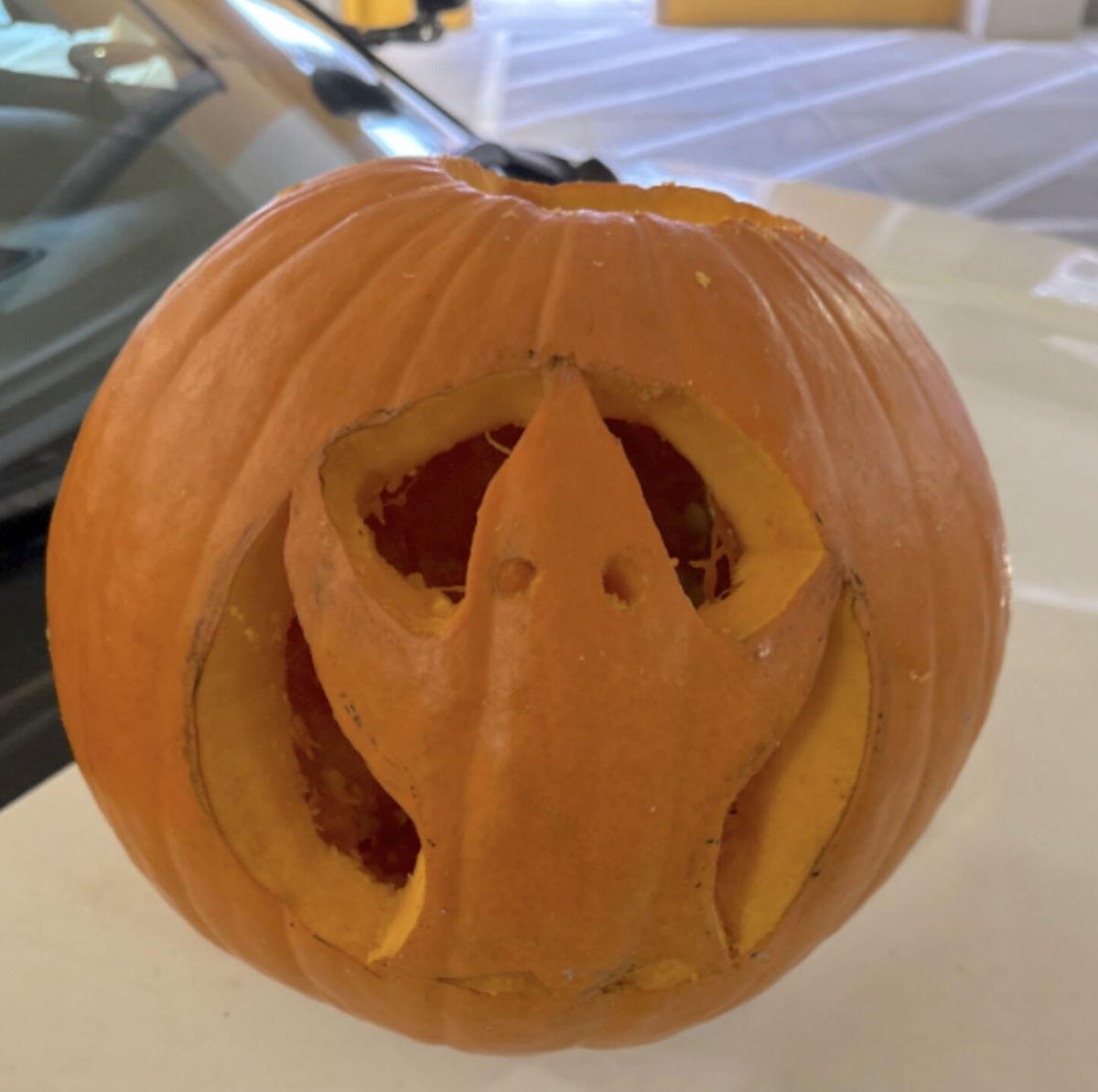
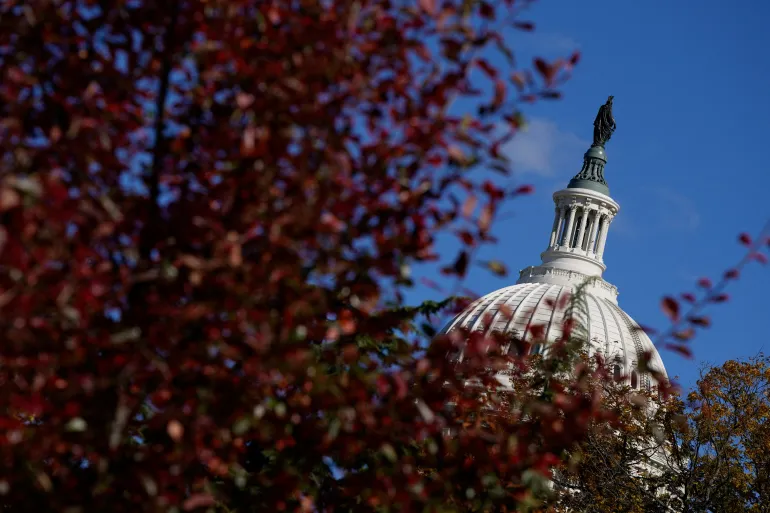
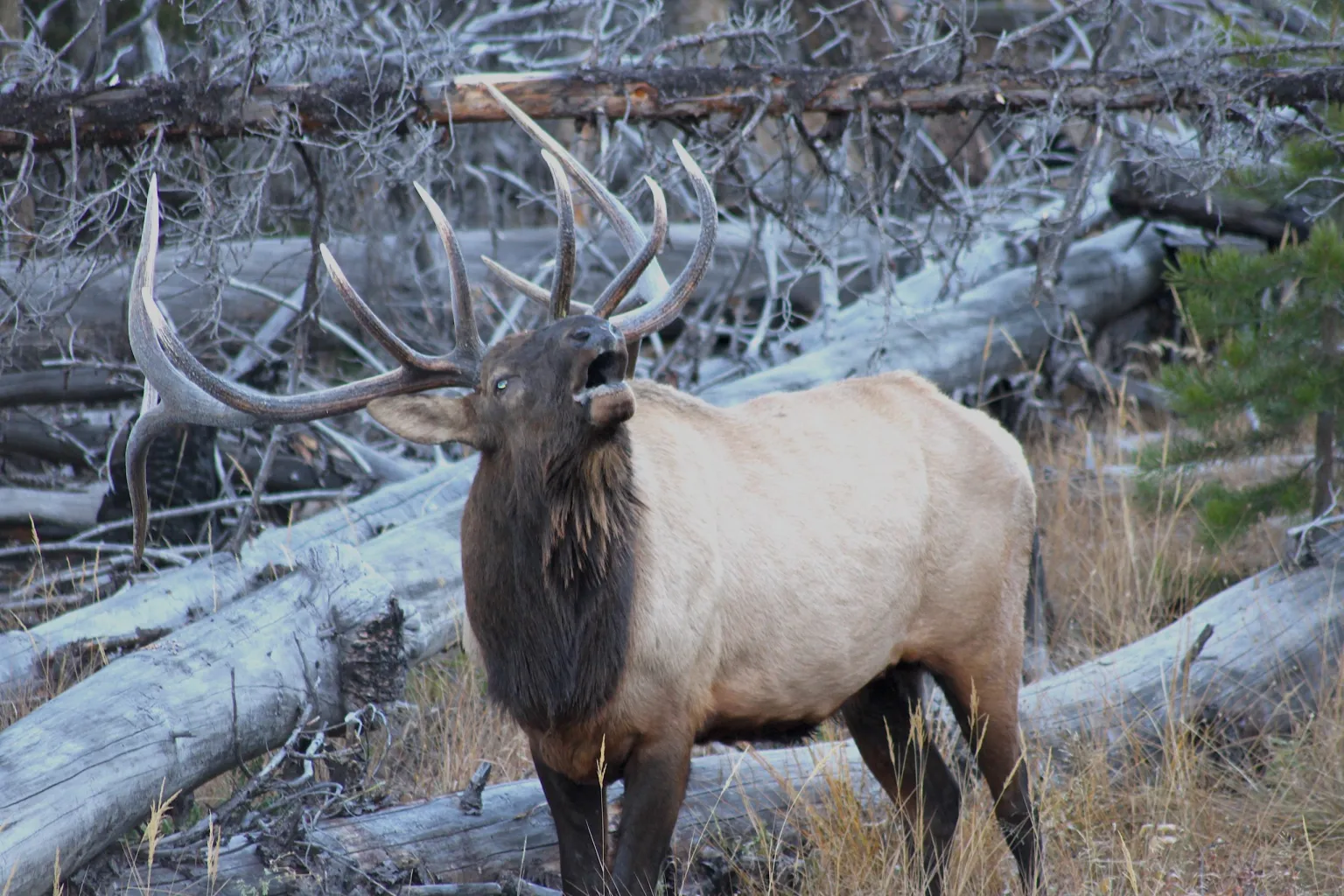
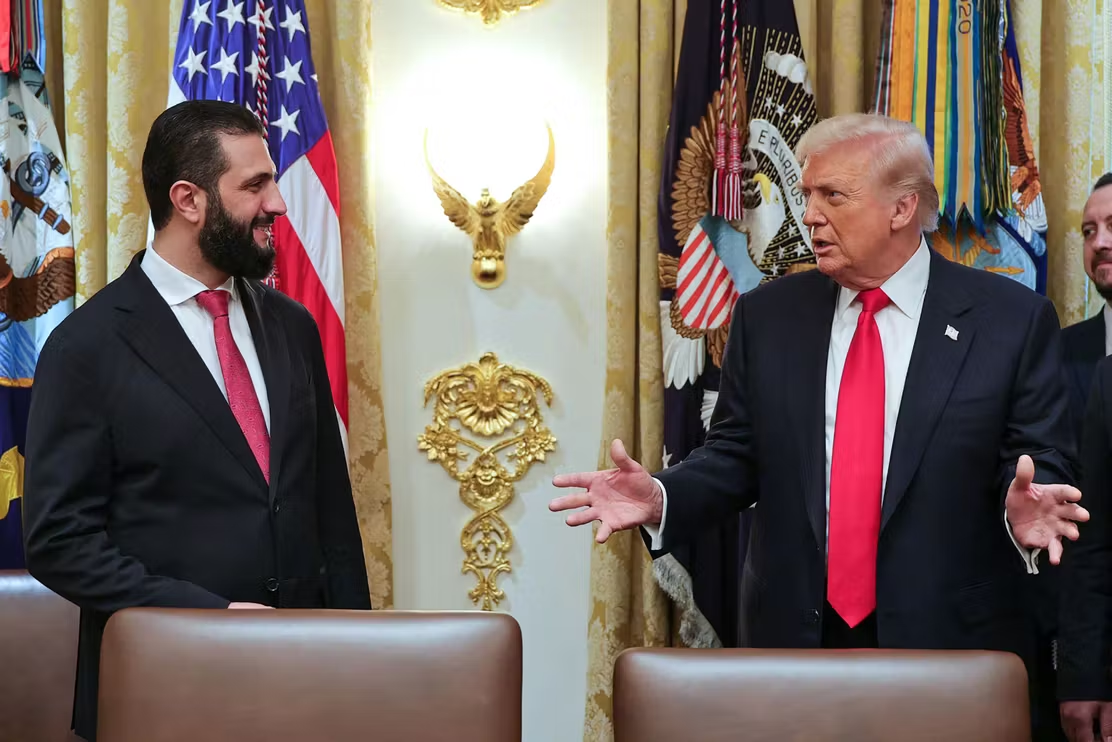
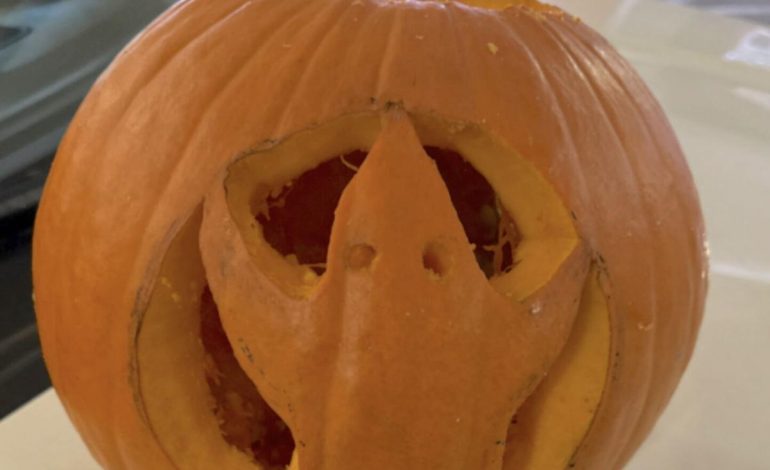

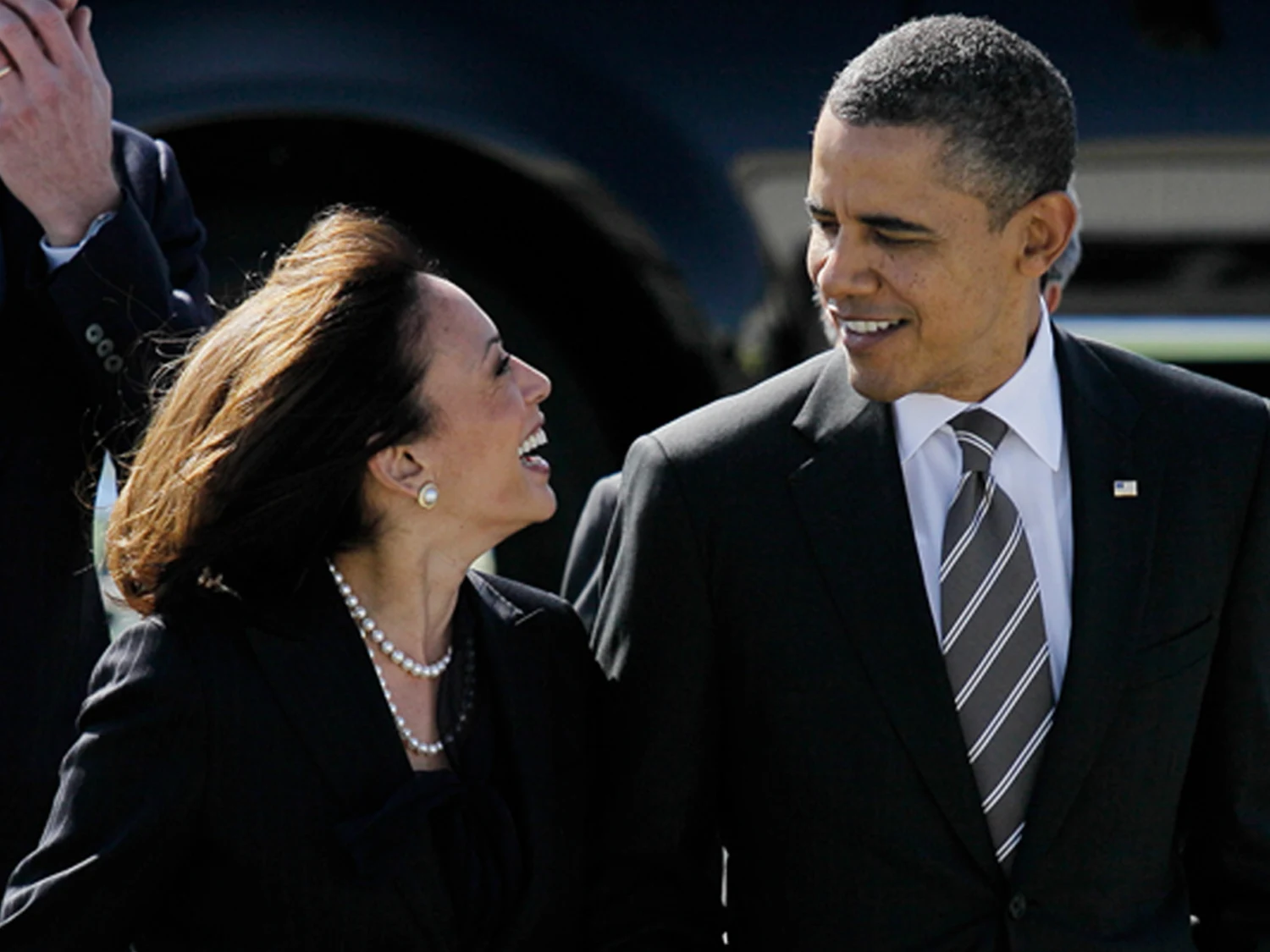
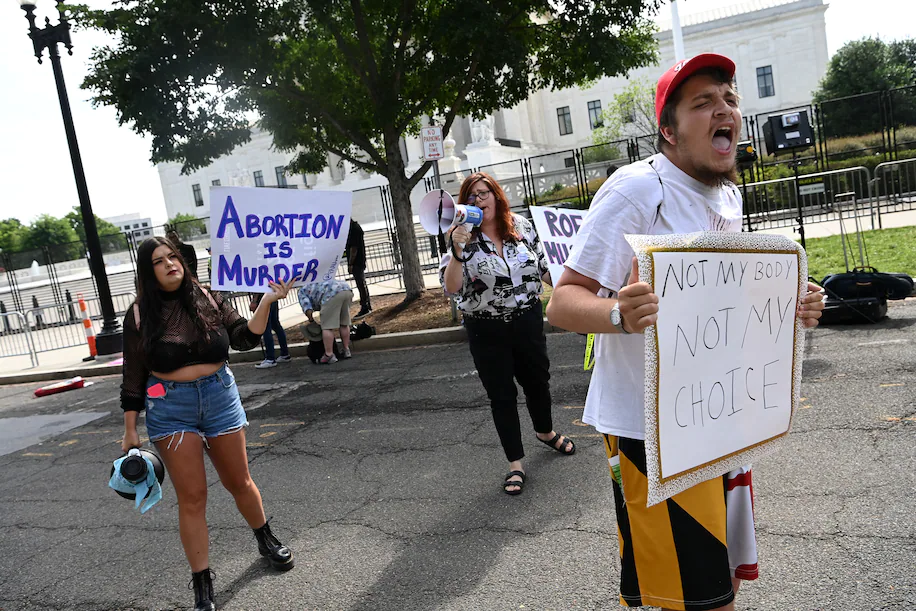

The latest news in your social feeds
Subscribe to our social media platforms to stay tuned